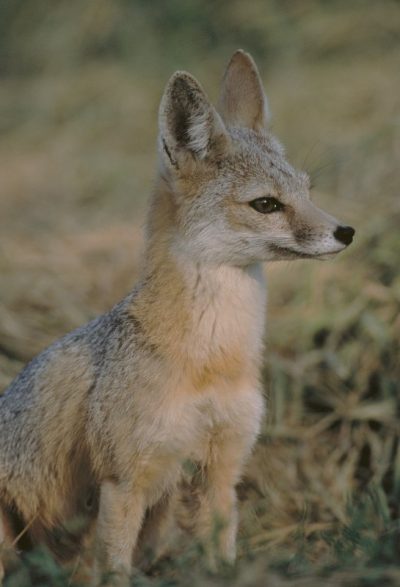Trump New Rules for Assessing Pesticide Risks Ignore Many Harms to Endangered Species

The Environmental Protection Agency today issued revised methods for assessing pesticide risks that will allow widespread harm to most of the nation’s most endangered plants and animals, including American burying beetles, Rio Grande silvery minnows and Hawaiian hoary bats.
The revised methods from the Trump administration, requested by the pesticide industry, overlook and ignore many of the common ways that protected species are harmed and killed by pesticides. For example, they fail to take into account downstream impacts of pesticides that runoff into streams and rivers or the loss of insect pollinators that endangered plants depend upon.
“This disgraceful new rule prioritizes the pesticide industry’s profits over the protection of America’s most endangered animals and plants,” said Lori Ann Burd, environmental health director at the Center for Biological Diversity. “It’s painfully clear that pesticides have a devastating effect on some of our most vulnerable species, and the Trump administration is intent on thwarting urgently needed protections.”
Using the revised methods, the EPA released new assessments finding that the highly toxic pesticide carbaryl is likely to harm 1,542 protected species, or 86% of all endangered plants and animals. It found that the pesticide methomyl is likely to harm 1,114 of all protected species, or 62%. Species adversely affected include the highly endangered whooping crane, San Joaquin kit fox and all species of salmon.
Carbaryl and methomyl are neurotoxic insecticides in the carbamate class, very similar to organophosphates such as chlorpyrifos. They are highly toxic and among the worst pesticides still in use.
The EPA walked back some of the worst ideas from its draft revised methods, which were described by the attorneys general of 10 states and the District of Columbia as “antithetical to the plain language and purpose of the ESA.”
“The EPA recognized that the draft revised methods were so blatantly pro-pesticide that they had to dial them back. Even so, they still fail to meet the Endangered Species Act’s requirements for determining harm to protected plants and animals,” said Burd. “We’re in the midst of a heartbreaking wildlife extinction crisis, and the EPA’s new rules only make the situation worse.”
Today’s assessments of carbaryl and methomyl were the result of extensive litigation and the EPA reaching a legal settlement with the Center in which it committed to assess the risks that eight of the nation’s most harmful pesticides pose to protected plants and animals. To date the EPA has never once implemented a nationwide Endangered Species Act consultation on pesticides, as required under the Act.
The revised methods released today are designed to allow pesticides to remain on the market without common-sense restrictions on their use to protect endangered species. They disregard the recommendations of the National Academy of Sciences and ignore the mandate of the Endangered Species Act to give imperiled wildlife and plants the benefit of the doubt when evaluating the range of impacts caused by exposure to pesticides.
Records obtained through the Freedom of Information Act show that the new assessment methods were driven by political-level appointees at the EPA, Department of the Interior, Department of Commerce and the White House.
From 2013 to 2017 career scientists at the EPA and federal wildlife agencies worked to implement the recommendations of the National Academy of Science assessing the impacts of pesticides. This collaborative and transparent process was developed with hundreds of hours of stakeholder input but was halted when then acting Interior Secretary David Bernhardt was briefed on the results of the initial assessments in October 2017.
This unprecedented effort to scuttle endangered species consultations spurred the EPA and wildlife agencies to attempt to justify their failure to release the analysis and to demonstrate they are taking action to save endangered animals on the brink of extinction.
*
Note to readers: please click the share buttons above or below. Forward this article to your email lists. Crosspost on your blog site, internet forums. etc.
Featured image: San Joaquin kit fox, courtesy of USFWS

